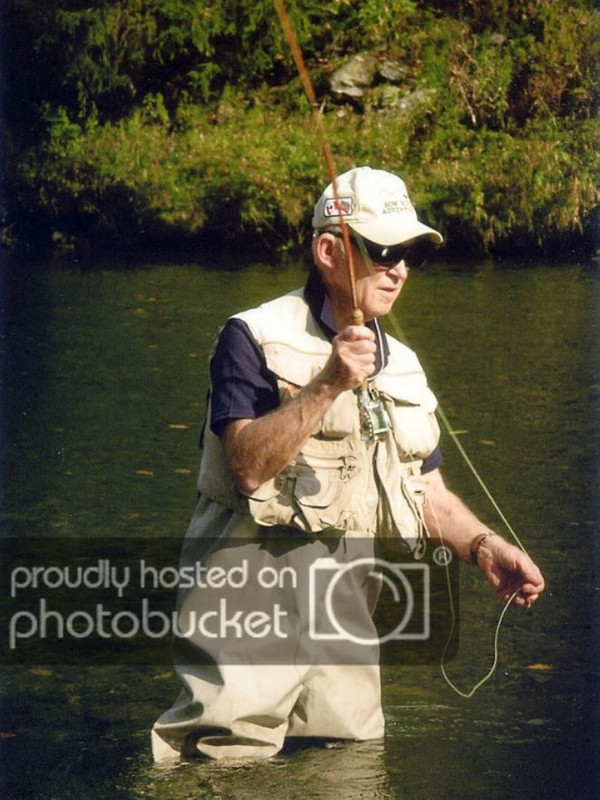CrustyBugger wrote:
By the way, Trev. I think McClane’s explanation that equates a progressive rod to a parabolic is very confusing and not accurate to how we consider tapers and actions today. I think he is comingling a butt action with a parabolic action which are actually different things. These days, I’d say that a progressive rod could be described as tip action, mid action or butt action (fast, med, slow) but not a parabolic action. The wet fly taper you asked about is a slow, butt action rod with consequential slow recovery but doesn’t cast at all like a parabolic action.
I read McClane a long, long time ago, and decided then his description was gobbledygook.
More new words doesn't simplify the communication - always abused in fly rod marketing (even new glass rods), and we're still talking about two opposite ends of the taper spectrum.
Where it gets confusing is long rod, short rod, fast rod, slow rod, something blended in between - that's where people begin to disagree about what's what.
Thin tip/ thick butt Progressive.xXxxxXX......X...x....X.......X.x.....X......x.X....xxx.....X.......x.......X.....xXXX.....Para Thin butt/ thick tip
throw in different lengths, different line weights, different load rates, actions, MOCs, both from each end and every point in between.
As far as casting goes, every rod is benefited by following the taper and loading with haul, but a para is most sensitive and may not work with aggressive timing leading the rod taper.
giogio wrote:
Always take the verbiage with a grain of salt: The top of the line Pezon Michel cane rods are the "PPP" series which stands for "Puissance Pendulaire Progressive" translatable as "Progressive Pendular Power". The rods are actually parabolic!
JoJo's in a place to see many more long fast paras than the rest of us. Most of the paras we see here are small niche trout rods, and blended taper to give them friendly tips.





 and we all need to go fishing.
and we all need to go fishing.
